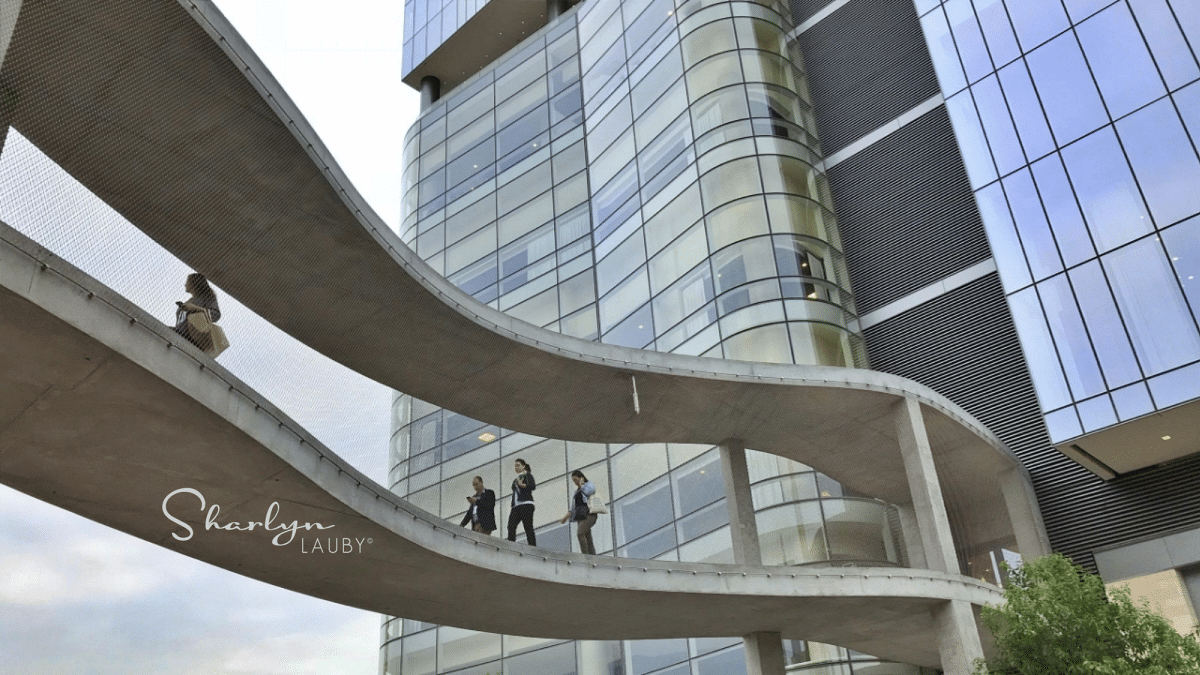Does Your Organization Support Employee Psychological Safety

But as you can see, the walkway is also very unusual. It’s made of concrete on the top and bottom. Super sturdy. And the sides might look open but there really some sort of chicken wire, so it appears there’s nothing. It’s cool and unnerving at the same time.
The reason I’m bringing up this walkway is because after I left WorkHuman, I went to the Association for Talent Development’s (ATD) annual conference. One of the biggest topics being discussed was psychological safety.
Psychological safety is the belief that you won’t be punished for making a mistake. I’ve mentioned before that it’s refreshing to see well-known entrepreneurs like Spanx founder Sara Blakely and Sir Richard Branson openly discuss their mistakes. Studies show that psychological safety allows individuals to take moderate risks, such as speaking their mind or challenging the status quo, without fear. These actions can often lead to innovation and breakthroughs.
I immediately thought of the walkway at WorkHuman.
Robin Schooling wrote a post about the walkway as well. She wondered if the event organizers intentionally chose the venue because of this walkway that challenged us each day to take a short “uncomfortable, sweat-inducing, heart-palpitating journey in unfamiliar terrain”? While I’m not sure that Globoforce did, Robin’s metaphor is spot-on. And it raises the question, what are organizations doing to support psychological safety in the workplace?
This is one of those concepts that you just can’t say “We encourage employees to speak up.” Or “Nothing bad is going to happen if you use radical candor.” Employees need to see it to believe it. And if they don’t see the conversation happening, then they need to see the result. For example, show employees the latest company product or service and say, “We thank Cecil for speaking up about this project. Thanks to him, we were able to make the product even better. Our clients love it.”
Organizations that are looking to break barriers need to create workplaces where employees feel safe. Managers need to role model the behavior they wish to see. Employees at every level need to receive training so they can deliver tough messages in the most effective way possible. And all of this needs to be reinforced during the candidate, new hire, and employee experience. It won’t be easy. The rewards for individuals, teams, and organizations is huge.
Image captured by Sharlyn Lauby at the WorkHuman Conference in Austin, TX
23